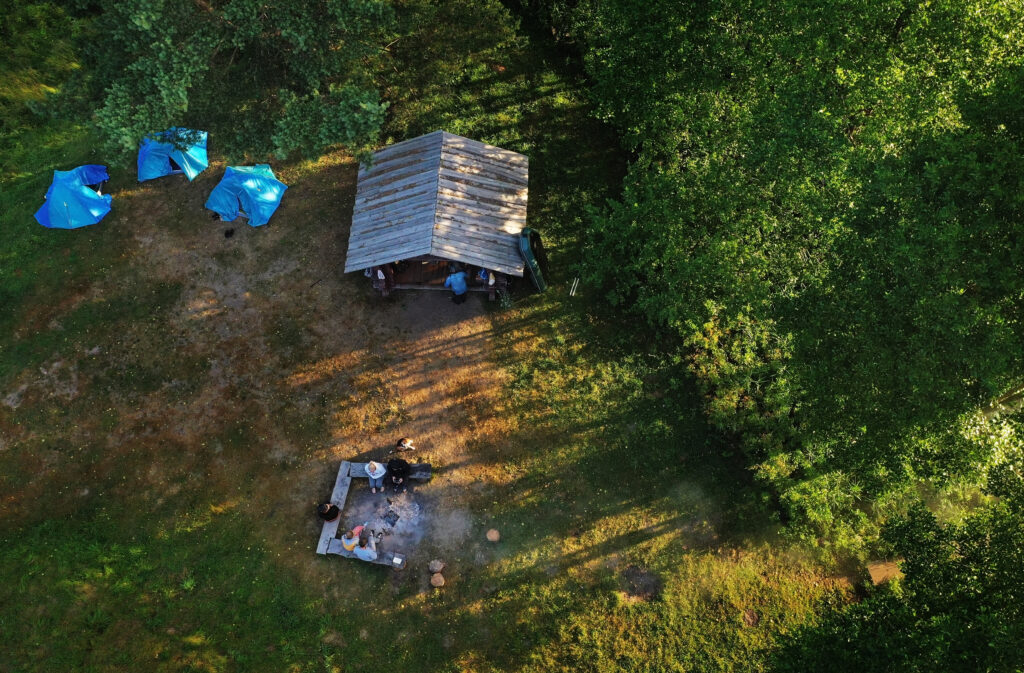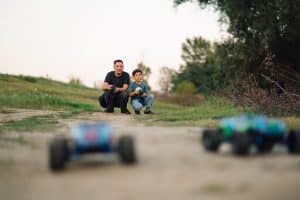
Drone photography offers a unique perspective, allowing you to capture stunning aerial images that were once only possible with a helicopter or a plane. However, as with any new technology, mastering drone photography requires practice, patience, and an understanding of some basic principles. Whether you’re a novice or looking to refine your skills, these top 10 tips will help you get the most out of your drone photography experience.
1. Understand Your Drone
Before taking to the skies, it’s crucial to familiarize yourself with your drone and its features. Drones come with various modes, sensors, and settings, and understanding these can make a significant difference in your photography. Spend time reading the manual and practicing with your drone in an open area. Learn how to control its movements, adjust the camera settings, and use features like GPS, return-to-home, and obstacle avoidance. The more comfortable you are with your drone, the better your shots will be.
2. Choose the Right Time of Day
Lighting is one of the most critical elements in photography, and drone photography is no exception. The best times to shoot are usually during the golden hour—shortly after sunrise and just before sunset. During these times, the light is soft, shadows are long, and colors are rich and warm, creating a dramatic effect. Midday shooting, when the sun is high, often results in harsh lighting and overexposed images, so it’s best to avoid this unless you’re aiming for a specific look.
3. Plan Your Shots
Great drone photography doesn’t just happen; it’s planned. Before you take off, have a clear idea of what you want to capture. Use Google Maps or satellite imagery to scout locations and plan your flight path. Consider the composition of your shot, including the rule of thirds, leading lines, and symmetry. Planning ahead will help you make the most of your flight time and ensure you capture the images you want.
4. Master the Art of Composition
Composition is the foundation of good photography, and it’s especially important in drone photography. Because you’re capturing scenes from above, it’s easy to fall into the trap of shooting everything from the same perspective. To add variety and interest to your images, experiment with different angles, heights, and compositions. Use the rule of thirds to place your subject off-center, or try leading lines to guide the viewer’s eye through the image. Don’t be afraid to get close to your subject or fly low to capture details.
5. Pay Attention to the Weather
Weather plays a significant role in drone photography. Windy conditions can make it difficult to control your drone and may result in shaky footage or blurry images. Rain, fog, and snow can also damage your drone or obscure your view. Check the weather forecast before you fly, and be prepared to reschedule if conditions aren’t ideal. Clear skies with a few clouds often create the best conditions for drone photography, offering both stability and interesting visual elements.
6. Use Filters for Better Control
Just like with traditional cameras, filters can be incredibly useful in drone photography. Neutral density (ND) filters, for example, reduce the amount of light entering the camera, allowing you to shoot at slower shutter speeds without overexposing your images. This is particularly helpful for capturing smooth, cinematic videos or long exposure shots. Polarizing filters can reduce glare and enhance color saturation, making skies appear bluer and landscapes more vibrant. Investing in a good set of filters can significantly improve the quality of your drone photos.
7. Keep Your Drone Steady
One of the biggest challenges in drone photography is keeping the drone steady, especially in windy conditions. A steady drone is essential for sharp, clear images. Use your drone’s GPS and altitude hold features to maintain a stable hover, and take your time framing the shot. Avoid making sudden movements, and use the drone’s gimbal to keep the camera level. If your drone has a tripod mode, use it to slow down its movements and make fine adjustments.
8. Experiment with Different Heights
One of the advantages of drone photography is the ability to shoot from various heights. Experimenting with different altitudes can give you a fresh perspective on familiar subjects. For instance, shooting from a lower altitude can create a sense of depth and scale, while a higher altitude can provide a bird’s-eye view of the landscape. Don’t be afraid to get creative and break the conventional rules of photography. The ability to capture unique angles is what makes drone photography so exciting.
9. Edit Your Photos
Post-processing is an essential part of drone photography. Even the best photos can benefit from a little editing to enhance colors, correct exposure, and sharpen details. Software like Adobe Lightroom or Photoshop offers powerful tools for editing drone photos. Start by adjusting the exposure, contrast, and saturation to bring out the best in your images. You can also use cropping to improve composition or remove distractions from the frame. Remember, the goal of editing is to enhance your photos while keeping them natural and true to the scene.
10. Follow Local Regulations
Finally, but most importantly, always follow local drone regulations. Drone laws vary by country and region, and it’s crucial to be aware of them before you fly. Some areas may have restrictions on where and when you can fly, and failure to comply with these rules can result in fines or confiscation of your drone. Additionally, always respect people’s privacy and avoid flying over private property without permission. Being a responsible drone pilot not only keeps you out of trouble but also helps build a positive reputation for the drone community.
Drone photography offers endless possibilities for creativity and exploration. By understanding your equipment, planning your shots, and mastering the basics of composition and editing, you can capture stunning aerial images that stand out. Remember to respect the environment, follow local regulations, and most importantly, have fun experimenting with different perspectives. As you gain experience and confidence, your drone photography skills will continue to improve, opening up new opportunities to capture the world from above.






